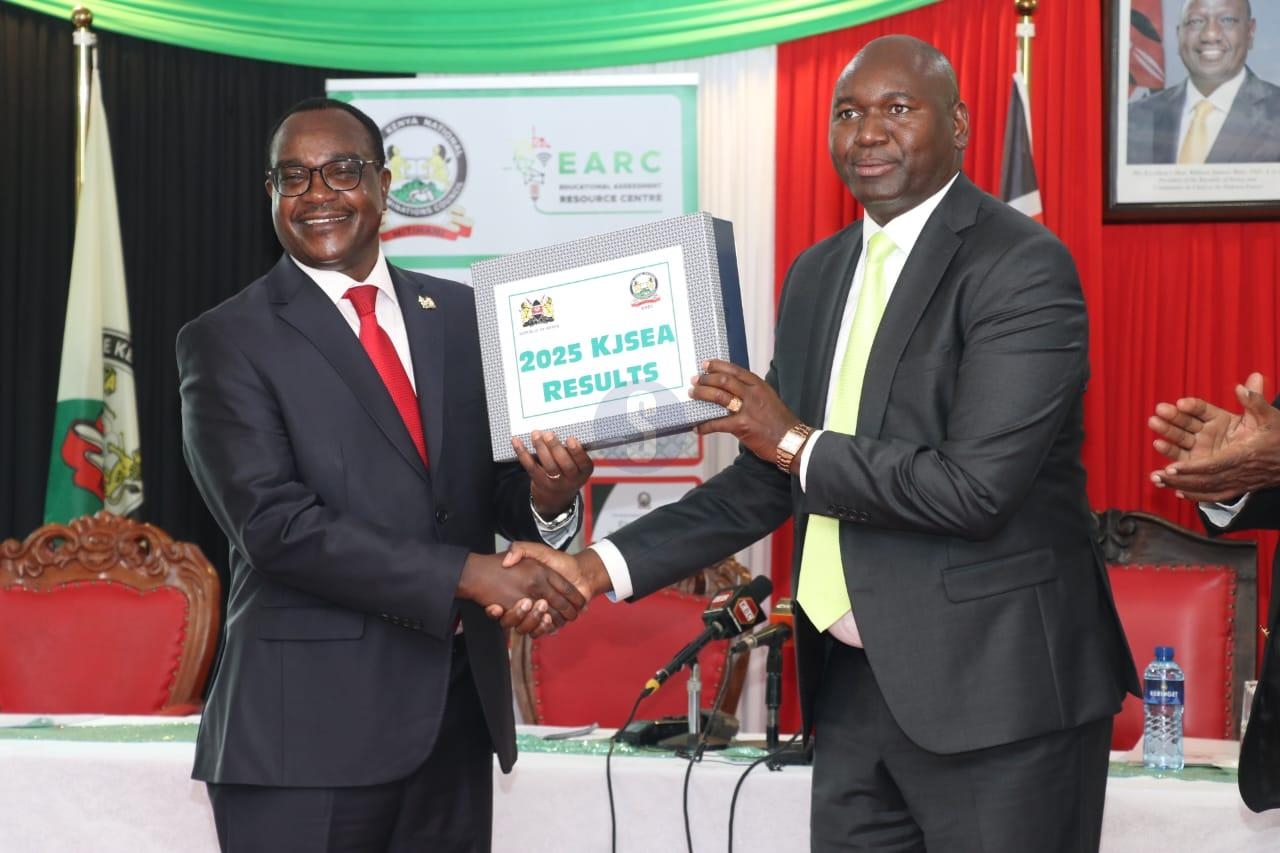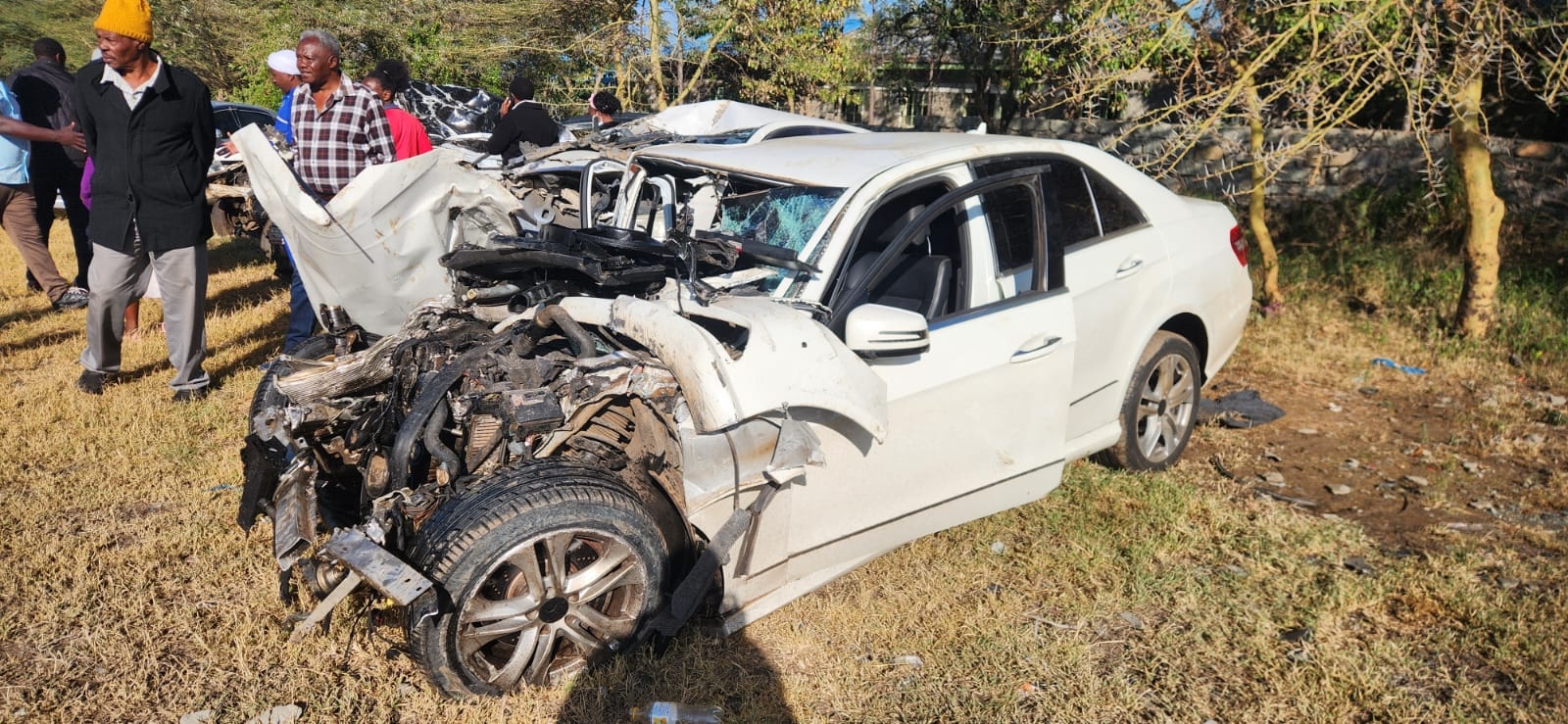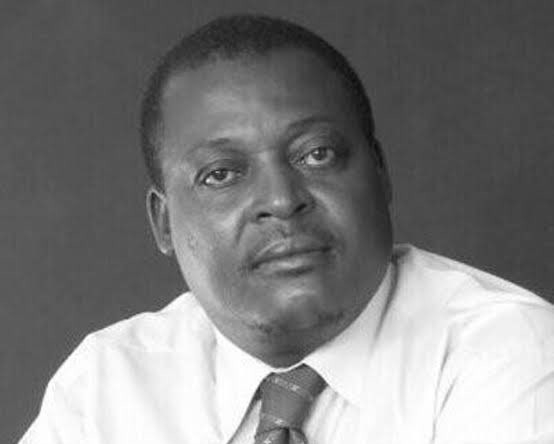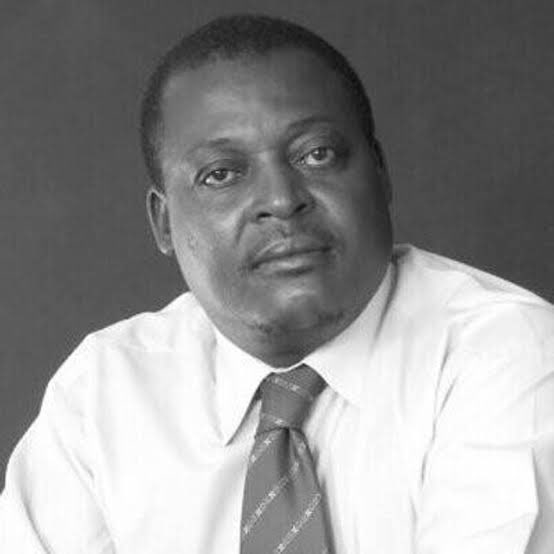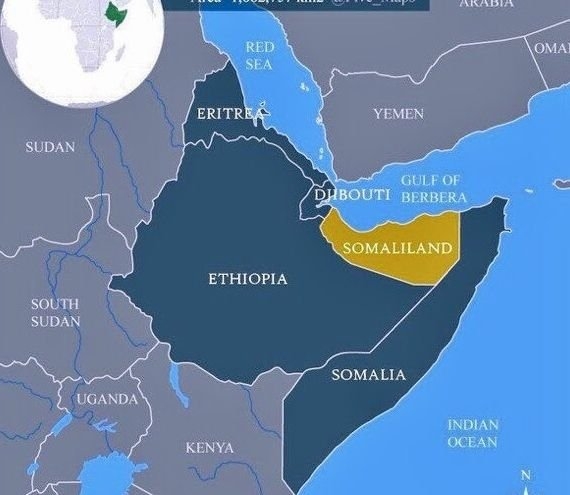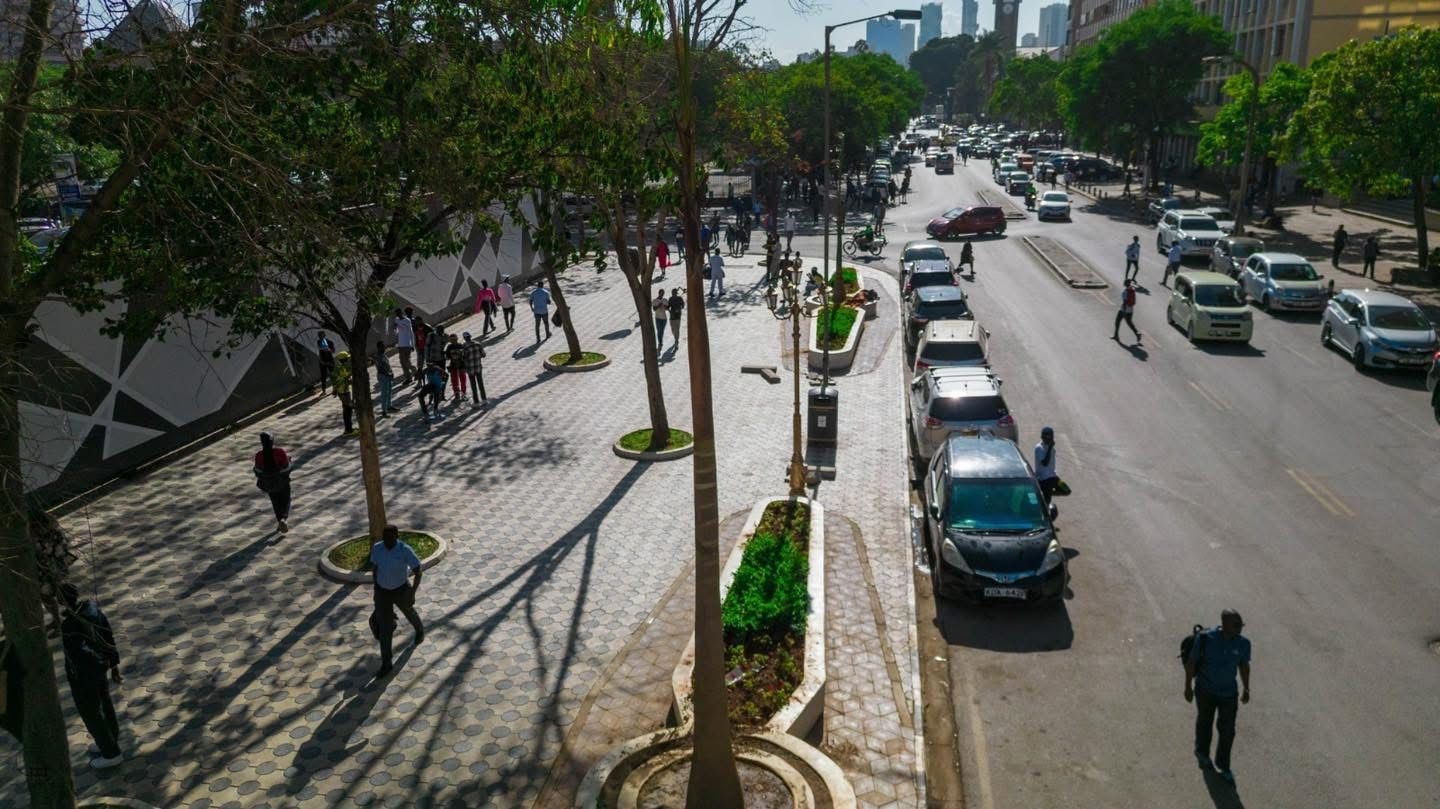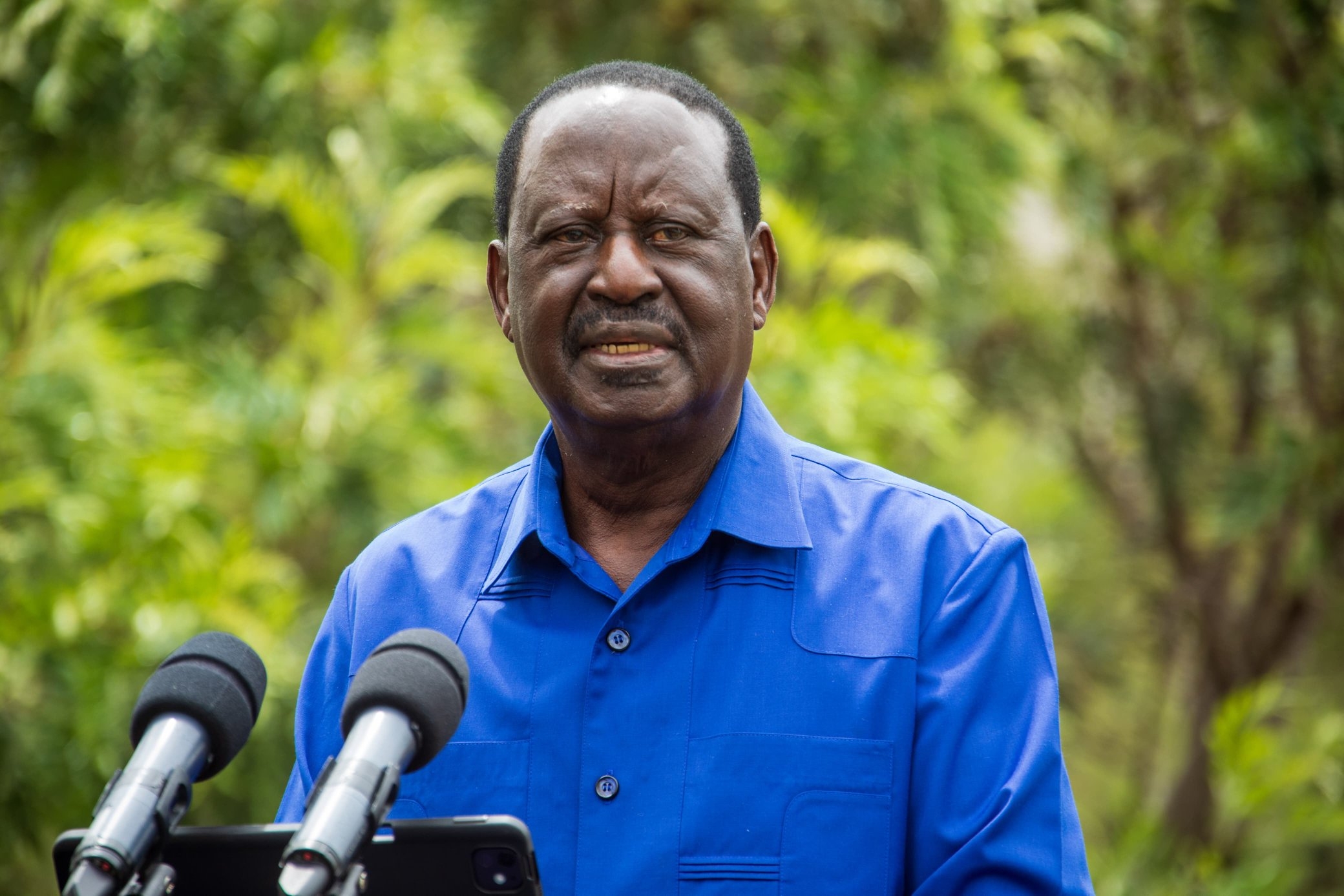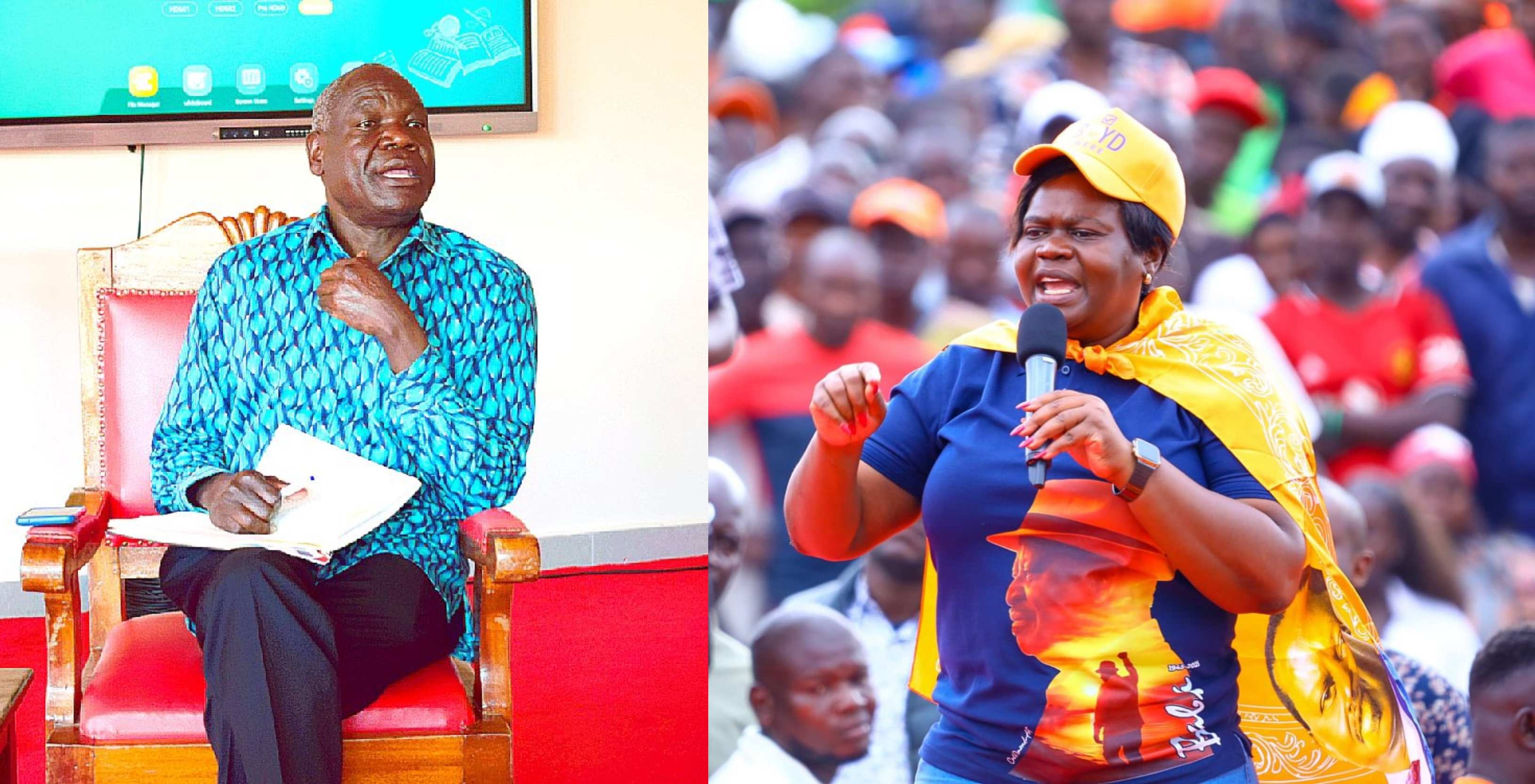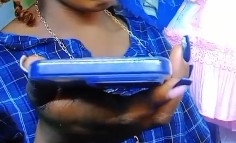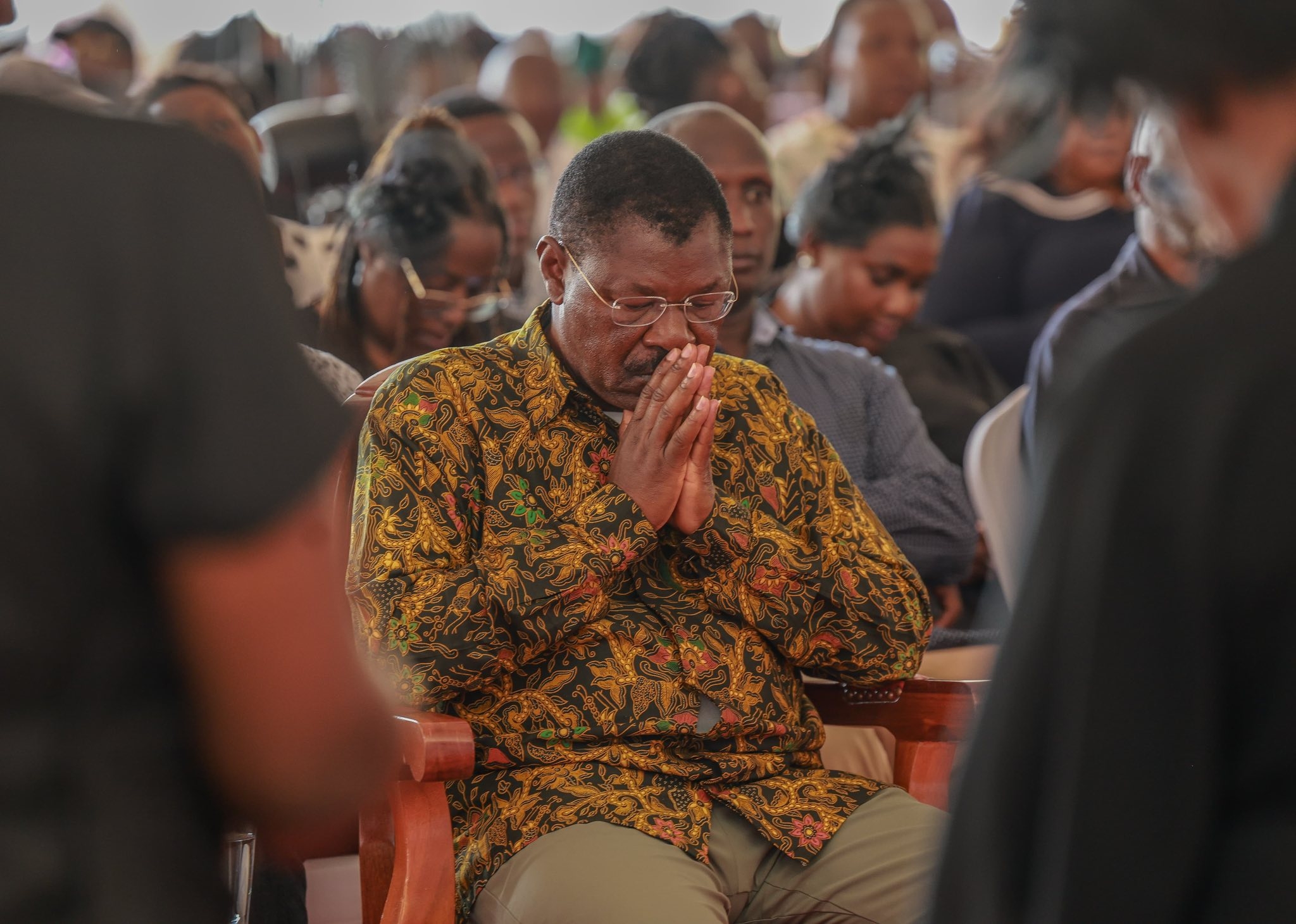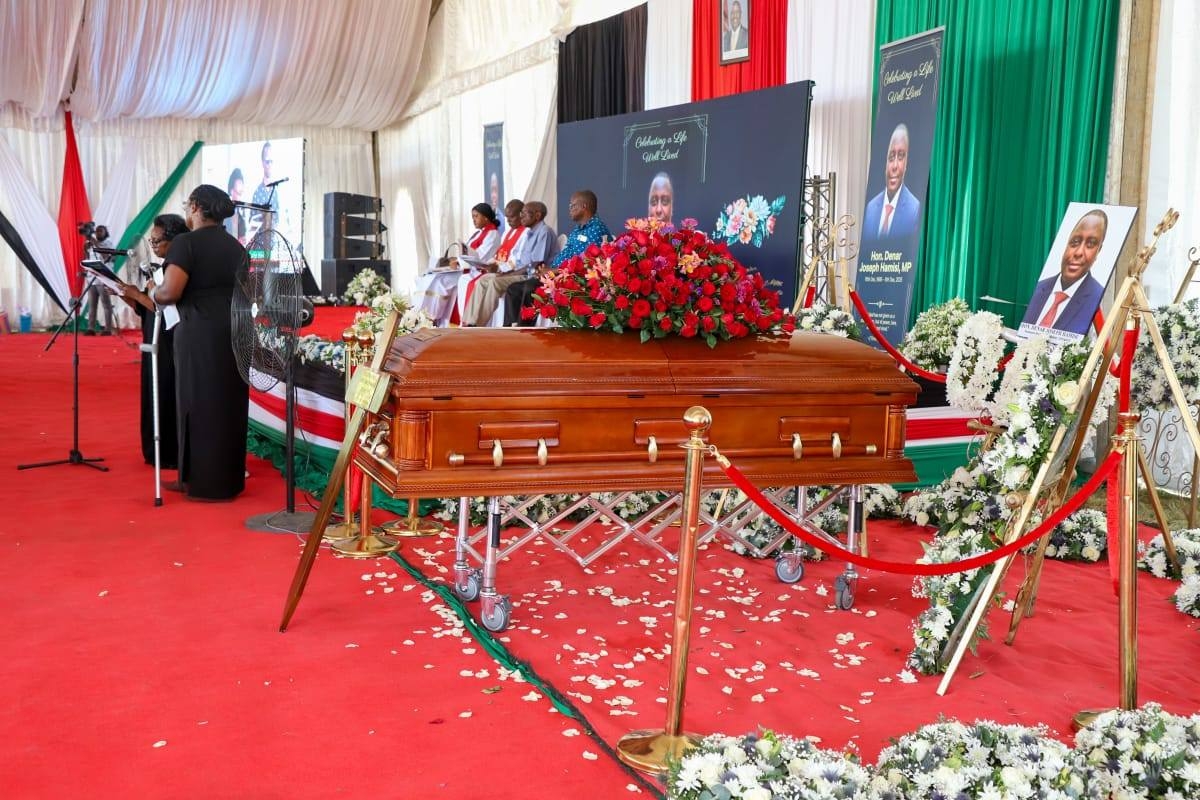The Kenya Defence Forces had been hitting the tail and body of al Shabaab for some time, and they wanted to hit the head, its main operation area, Kismayo.
The best way to hit the militia was through a sting operation that would see the port captured and the enemy neutralised.
That is how ‘Operation Sledge Hammer’ was birthed.
The operation was to be executed by the coordinated action of land, sea and air forces organised for invasion.
Then Chief of Defense Forces General Julius Karangi told the men in uniform that they were the best weapon that would be deployed for the mission.
‘Operation Sledge Hammer’ was to be an amphibious assault conducted by KDF to capture Kismayo city.
The operation constituted a major force multiplier in the fight against the terrorist group that was caught off-guard by the operation.
Former Commanding Officer, 3 Battle Group Colonel William Kamoiro recalls that the battle was one of its kind with most of the troops drawn from the 3BG.
Kamoiro in a book titled ‘The Soldiers Legacy’ narrates that training of most of the troops was conducted at Manda Bay in Mombasa while that of commanders and divers was undertaken in Mkunguni between September 18 and 23, 2012.
He says the divers ‘embarkation and disembarkation was conducted in the sheltered channel while the actual landing was conducted in open sea waters which were rough and characterised by high surf onshore.
“Command and leadership training involved the review of movies pertaining to the coordinated action of land, sea and air forces operations, operational briefing, disembarkation drills and coordination of elements at liaison points,” Kamoiro recounts.
He said even allied forces of Somalia National Army were kept out of the picture and only brought at Manda Bay from Dhobley and integrated with the amphibious task force on the day of departure.
“Mobile phones were confiscated from all the troops taking part including those remaining at Manda. Information about the actual landing site was concealed and all troops convinced that Koday was the destination from where they would advance to capture Bula Haji as the initial objective,” he said.
Kamoiro says had the plan leaked, al Shabaab would have lay in wait at Koday, 90km.
“The deception plan thus worked well in our favour. The operation was planned and executed meticulously and a commander in charge I realised that you never know how strong you are until being strong is the only choice you have,” Kamoiro narrates.
The Training
"Training instils confidence and a fighting spirit. My unit conducted pre-deployment training in Loruk are in Baringo County followed by special to mission training in Manda and Mkunumbi within Lamu,” he recalls.
Kamoiro says the first virtue in a soldier is the endurance of fatigue and courage is only the second virtue.
From lessons learnt from ‘Operation Linda Nchi’ Kamoiro says he had to take the troops through IED awareness, ambush and anti-ambush drills, night fighting and dismounted operations.
This he said was an essential part of the operation as it was tailored to ensure the troops have trust in their equipment.
Each soldier was given two days’ rations to last the next four days that they were required to survive. The aim was to test the troops to the limit as it is better to sweat in training than bleed in actual battle,” Kamoiro says.
The battalion’s journey started in Hulugho, Garissa County. The initial plan he says was to capture Bula Haji as the intermediate objective and advance to Kismayo.
The 3BG was to conduct passage of lines with KDF troops in Kolbiyow-Badhadhe and then advance through Wadajir-Bula Haji to Kismayo main supply route.
The capture plan
Kamoiro says he, together with his second in command Major Rotich, conducted tactical estimates and arrived at three courses of action.
The first one was the capture of Kismayo through Kolbiyow-Hoosingo and Bula Haji, second one through Kolbiyow-Dalayet-Wadajir and Bula Haji or through the Indian Ocean using amphibious landing at Jirole through Kolbiyow-Manda – Indian Ocean and Bula Haji.
However Brigadier Ngere then Amisom’s commander at sector 2 approved that Kamoiro’s troops should advance along the Hoosingo-Bula Haji thrust line.
This was followed by the immediate redeployment of the troops from Hulugho to Hoosingo through Garissa-Liboi on August 22.
After a month of rigorous training and preparations, Kamoiro was summoned to Nairobi alongside his second in command on September 7, to develop an alternative plan for the capture.
He says it emerged that the only alternative they had was the amphibious assault.
Meanwhile, 9BG which was part of the forces advancing Kismayo from Afmadhow route had faced formidable resistance from the militia at Miido suffering human and equipment casualties.
Here is where several KDF soldiers were killed and their bodies paraded in town by the enemy.
This compelled the troops to adopt a tactical halt during which they adopted positional defence for several days.
It was feared that the 3BG would thus meet similar or more serious opposition since the terrain they were to use was restrictive.
The final plan to deliver Kismayo was adopted by the Military Authority on September 12.
Kamoiro says after he was summoned to a room full of KDF strategists, he was seized on the preparedness of his troops and from their sharp look, he knew he would be tasked the job.
The operation was then crafted to comprise the maritime force, a landing force and an air component.
The maritime force was to transport the troops and offer fire support.
The landing force which comprised majorly troops from 3BG were the ones tasked to capture Kismayo with support from the beachhead security whose main task was to survey routes, provide guides to meeting points and support subsequent operations.
The air component comprising army attack helicopters and fighter jets was to secure the airspace and conduct aerial surveillance to the landing force.
The embarkation began on September 23 at Mkunguni and was completed on 25 when 3BG troops, vehicles, weapons and logistics were loaded onto landing craft logistic ship.
A total of 33 officers, 934 service members and 53 assorted vehicles were loaded before the final movement begun at Manda Bay at 9pm on September 25.
The final approach and landing was planned for the morning of September 27 but the state of the sea could not allow landing on the said day.
“The sea was so rough that lowering boats to sail the SF onshore was difficult. It took long for boats to stabilise and maintain direction and when calm resumed, the troops could not secure the beach in time thus landing was called off until the following day,” Kamoiro narrates.
The troops thus had to hold back in deep-sea at daybreak to retry landing.
“The assault began in the early hours of September 28, boats were thrown off by strong surf and as a result, one diver was injured and his rifle damaged,” he said.
Finally despite the hardships, the SF landed and secured the beachhead at 1am.
Kamoiro says KNS Tana was summoned to land but since the wind was 15 knots against projected 5knots, the captain advised it was not safe to land.
The assault
As the Kenyan troop battled with the challenges occasioned by the sea, intelligent reports reached us that the militia were amassing troops in a nearby quarry. From our position we had seen vehicles driving about 4km forward the beach close to Kismayo University,” he said.
He adds, “I ordered the lowering of ropes for troops to disembark starting with RSF and medium mortars so as to quickly expand the foothold established by SF”.
By 4am, all the troops were in position and set before Kamoiro gave an order for the assault at 7.30am.
Army helicopters flew overhead engaging the al-Shabaab that was advancing to reinforce their comrades who were already at the quarry.
By 8.30 am on September 28, the old airport, GTI and Kismayo University had been captured by KDF.
An attempt by al Shabaab to launch a spoiling attack from the presidential palace was stalled by a jet fighter sortie at 11.20am.
Kamoiro says armored fighter vehicles and personnel carriers took two days to offload from the ships because the ground was sandy and loose.
Kamoiro says the capture of the seaport and the new airport was delayed in order to await linkup with 5 BG and 9 BG on October 2.
The two groups were advancing from Afamadhow compelling the 3 BG to hold the beachhead for four days until the arrival of the 5 BG and 9 BG respectively.
“Operation Sledge Hammer’ was terminated on October 2, when the seaport was captured by D CT of 3 Battle Group in conjunction with SF,” the former commander recalls.
This to him was a turning point in the war against al-Shabaab because the terror group had planned to block the advance of 5 and 9 BG’s with fortified defensive positions in the Lacta belt.
“The amphibious assault by 3 battle group achieved surprise in significant ways and the only option for the enemy was to retreat from Kismayo in disarray,” he says.


